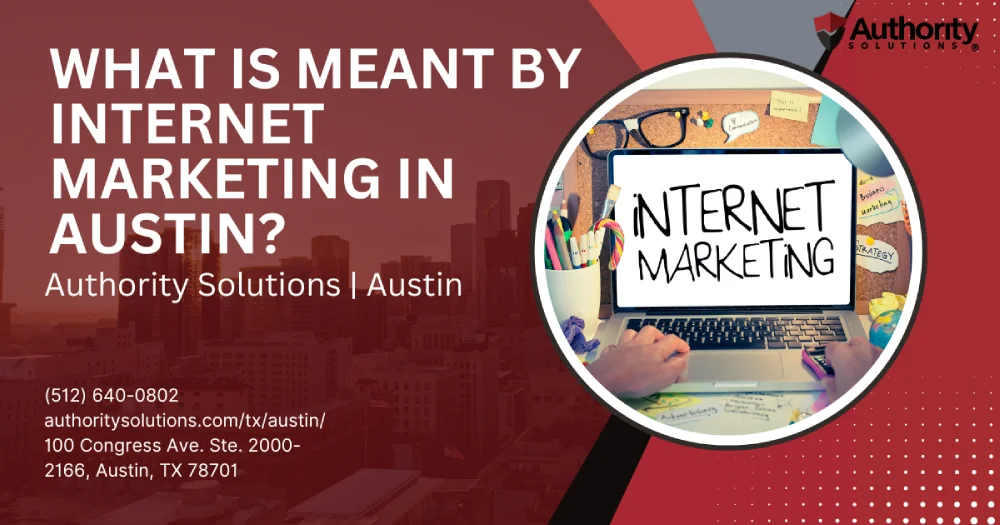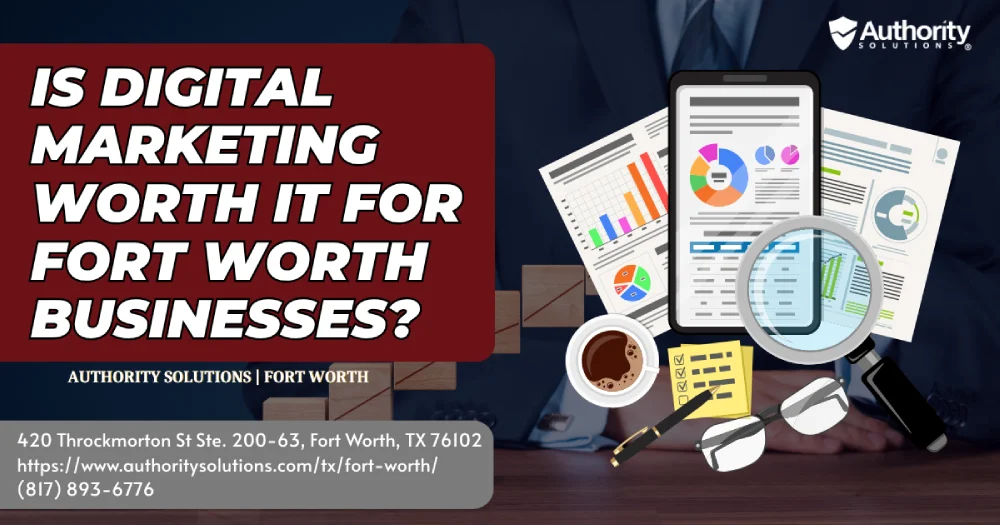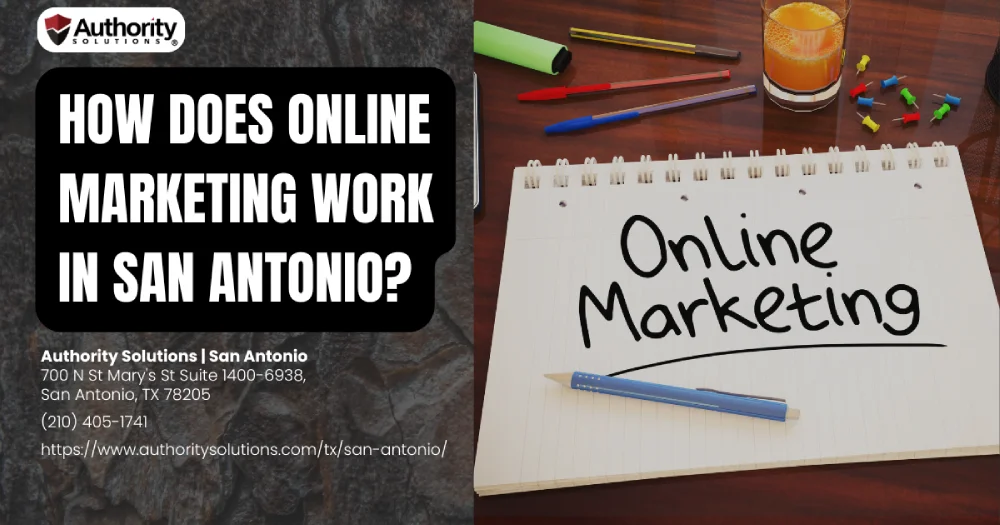Navigating The Digital Advertising Landscape: Internet Marketing Services Demystified
When it comes to digital advertising, the landscape can often feel overwhelming and confusing. With so many different internet marketing services available, it can be difficult to know where to start or which strategies will work best for your business. But fear not, because in this article, we'll demystify some of the most popular and effective internet marketing services available today.
Whether you're a small business owner looking to increase your online visibility or a digital marketer wanting to stay up-to-date on the latest trends and techniques, understanding the basics of search engine optimization (SEO), pay-per-click (PPC) advertising, social media advertising, content marketing, analytics and reporting is crucial. By mastering these key areas of digital advertising, you'll be able to create more targeted campaigns that reach your ideal audience and drive results for your business. So let's dive in and navigate the digital advertising landscape together!
Search Engine Optimization (SEO)
SEO is like planting seeds in a garden; with the right care and attention, it will grow into a bountiful harvest of organic traffic for your website. Search engines are constantly updating their algorithms to provide the most relevant results to users, which means that SEO requires ongoing effort and expertise. By optimizing your website's content and structure, you can improve its visibility in search engine results pages (SERPs), attract more clicks from qualified leads, and ultimately drive more conversions.
To start with SEO, you need to conduct thorough keyword research to understand what your target audience is searching for online. Then, you need to optimize your website's meta titles and descriptions, headers, alt tags, and internal linking structure using those keywords. Additionally, you should regularly create high-quality content that addresses your audience's pain points and interests.
While SEO takes time and effort before yielding significant results, it is a critical component of any digital marketing strategy. By investing in SEO now, you're laying the foundation for long-term success online. But don't stop there! PPC advertising allows you to reach an even wider audience by placing ads on search engine results pages or other websites related to your industry.
Pay-Per-Click (PPC) Advertising
When it comes to Pay-Per-Click (PPC) advertising, creating effective ad campaigns is key to driving traffic and conversions. You need to target the right audience with your ads, ensuring that they are relevant and engaging to those who see them. Maximizing ROI is also important - you want to get the most out of your budget by optimizing your ad spend for maximum return on investment. By focusing on these three key points, you can create successful PPC campaigns that deliver real results.
Creating Effective Ad Campaigns
By using captivating visuals and persuasive language, businesses can develop ad campaigns that effectively target their desired audience. However, creating an effective ad campaign is not as simple as it seems. Here are some tips to help you create a successful ad campaign:
- Identify your target audience: Before creating an ad campaign, it is important to know who your target audience is. This will help you tailor your message and design to appeal specifically to them.
- Use clear and concise messaging: Your message should be easily understood by your target audience. Avoid using jargon or complex language that may confuse or turn off potential customers.
- Choose the right platform: Different platforms have different strengths and weaknesses when it comes to advertising. Research which platforms are most popular among your target audience and design your ad accordingly.
By following these tips, you can create an effective ad campaign that reaches the right people with the right message. In the next section, we will discuss how to further refine your marketing strategy by targeting the right audience.
Targeting the Right Audience
To effectively reach your target audience, it's important to understand their needs and interests in order to tailor your marketing messages accordingly. This requires thorough research and analysis of your potential customer base. Start by identifying key demographics such as age, gender, location, income level, education level, and occupation. Once you have a clear understanding of who your ideal customer is, you can start creating marketing campaigns that speak directly to them.
In addition to demographic information, consider psychographic factors such as values, beliefs, lifestyles and personality traits. What motivates your target audience? What are their pain points and how can your product or service help solve them? By answering these questions and crafting messaging that speaks directly to the needs of your target audience, you can increase the effectiveness of your advertising campaigns. Now that you have identified your target audience and crafted effective messaging for them, let's move on to maximizing ROI through strategic placement of ads.
Maximizing ROI
Now you can make the most out of your advertising budget by strategically placing ads where your target audience is most likely to see them. Maximizing ROI is all about finding the sweet spot between ad placement and audience behavior. This means understanding when, where, and how your target demographic engages with content online.
One way to maximize ROI is by utilizing search engine optimization (SEO) techniques to ensure that your website ranks high in search results for relevant keywords. This will help increase organic traffic and decrease the need for costly paid advertising. Additionally, using data analytics tools can provide valuable insights into user behavior, allowing you to optimize ad placement for maximum impact. By taking a strategic approach to advertising placement, you can stretch your budget further and see better returns on investment.
As you continue navigating the digital advertising landscape, it's important not to overlook social media advertising as a powerful tool for reaching your target audience. With billions of users active on platforms like Facebook, Instagram, Twitter, and LinkedIn every day, social media offers unparalleled potential for getting eyes on your brand or product. But before diving in headfirst, it's crucial to understand the unique strengths and limitations of each platform in order to develop an effective social media strategy that maximizes ROI.
Social Media Advertising
Utilizing social media advertising can be a valuable asset to any business's digital marketing strategy. With billions of active users on various social media platforms, it provides an opportunity for businesses to reach their target audience in a cost-effective way. Here are some benefits of incorporating social media advertising into your marketing plan:
- Increased brand awareness: Social media advertising allows you to reach a wider audience and increase your brand's visibility.
- Targeted advertising: You can target specific demographics, interests, behaviors, and locations with social media ads, ensuring that your message reaches the right people.
- Cost-effective: Compared to traditional forms of advertising, social media ads are relatively inexpensive and offer a higher return on investment (ROI).
- Measurable results: Social media platforms provide detailed analytics that allow you to track the performance of your ads and make data-driven decisions.
- Engagement opportunities: Social media ads provide an opportunity for customers to engage with your brand through likes, comments, shares, and direct messages.
Incorporating content marketing into your overall digital marketing strategy is another effective way to attract and retain customers. By creating valuable content that educates or entertains your audience, you can establish yourself as an authority in your industry and build trust with potential customers.
Content Marketing
If you want to establish yourself as an industry authority and build trust with potential customers, incorporating content marketing into your strategy is a must. Content marketing involves creating and distributing valuable and relevant content to attract and retain a clearly defined audience. This can take the form of blog posts, videos, podcasts, social media updates, infographics and more.
The key to successful content marketing is understanding your target audience's needs and interests. By providing them with engaging content that addresses their pain points or interests, you can position yourself as a thought leader in your industry. This can lead to increased brand visibility, website traffic, and ultimately conversions.
Incorporating content marketing into your digital advertising strategy can seem overwhelming at first. But by developing a clear plan for creating and distributing high-quality content that resonates with your target audience, you'll be well on your way to establishing yourself as an industry leader. And once you have a solid foundation in place, you'll be able to measure the effectiveness of your efforts through analytics and reporting tools - which we'll explore next.
Analytics and Reporting
You'll love seeing how well your digital advertising strategy is performing by diving into the analytics and reporting. Analytics and reporting are essential components of any internet marketing services, as they provide valuable insights into your campaign's performance. With analytics, you can track various key performance indicators (KPIs) such as website traffic, conversion rates, bounce rates, and more.
Here are some reasons why you need to pay attention to analytics and reporting:
- It helps you identify what works: By analyzing metrics like click-through rates (CTR), time spent on page, and engagement rates, you can determine which elements of your campaign are resonating with your audience. This information will enable you to optimize your strategy for better results.
- It allows for data-driven decision making: When it comes to digital advertising, it's crucial to make informed decisions based on data rather than gut instincts. Analytics provides the numbers that support or refute hypotheses about what's working in a campaign.
- It enables continuous improvement: The beauty of digital advertising lies in its ability to be iterated upon continuously. By using analytics and reporting tools regularly, you can identify areas where improvements can be made and take action accordingly.
Don't underestimate the power of analytics when it comes to navigating the digital advertising landscape. By paying attention to these metrics regularly, you'll be able to make data-driven decisions that improve the effectiveness of your campaigns over time.
Frequently Asked Questions
How do internet marketing services differ from traditional advertising methods?
Internet marketing services differ from traditional advertising methods in that they utilize online channels and data analytics to target specific audiences with personalized messaging. This allows for greater precision, efficiency, and ROI compared to mass-market approaches.
What are the most common mistakes businesses make when implementing digital advertising strategies?
When implementing digital advertising strategies, the most common mistakes businesses make are: not defining clear goals, targeting the wrong audience, neglecting mobile optimization, ignoring data analysis and failing to test and refine campaigns.
How do businesses determine which internet marketing services are best suited for their specific industry or niche?
Determine the internet marketing services that are best suited for your industry or niche by researching competitors, identifying target audience and their online behavior, and setting clear goals. Test different strategies to find what works best for you.
What role do customer reviews and feedback play in digital advertising?
Customer reviews and feedback are crucial in digital advertising as they provide social proof, build trust, and influence purchasing decisions. They also help businesses improve their products/services and customer experience, leading to increased loyalty and revenue.
How do businesses measure the success and ROI of their internet marketing campaigns?
To measure the success and ROI of your internet marketing campaigns, track key performance indicators such as website traffic, conversion rates, and revenue. Utilize analytics tools to gain insights and adjust your strategy accordingly for optimal results.
Conclusion
Congratulations! You've made it to the end of this article on internet marketing services. By now, you should have a better understanding of the digital advertising landscape and how it can benefit your business. Whether you choose Search Engine Optimization (SEO), Pay-Per-Click (PPC) Advertising, Social Media Advertising, Content Marketing or Analytics and Reporting, remember that each service has its own unique advantages.
When deciding which service to use, consider your specific goals and target audience. Do you want to increase brand awareness? Drive traffic to your website? Generate leads or sales? Once you identify your goals, research the different services and determine which one will help you achieve them most effectively.
Remember that navigating the digital advertising landscape can be overwhelming at first. But with a little research and experimentation, you'll soon discover what works best for your business. Don't be afraid to try new things and make adjustments along the way – after all, digital marketing is constantly evolving!









